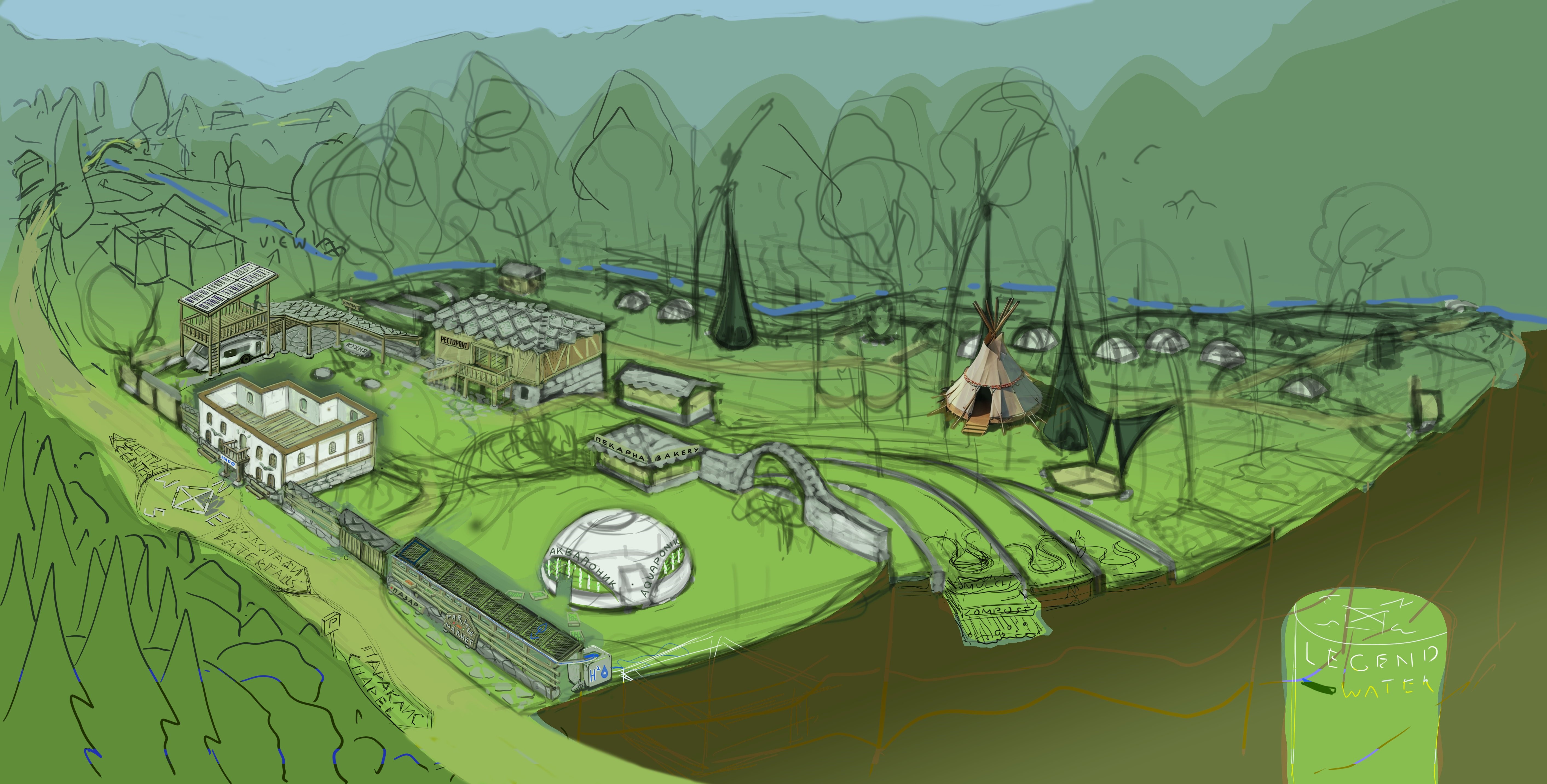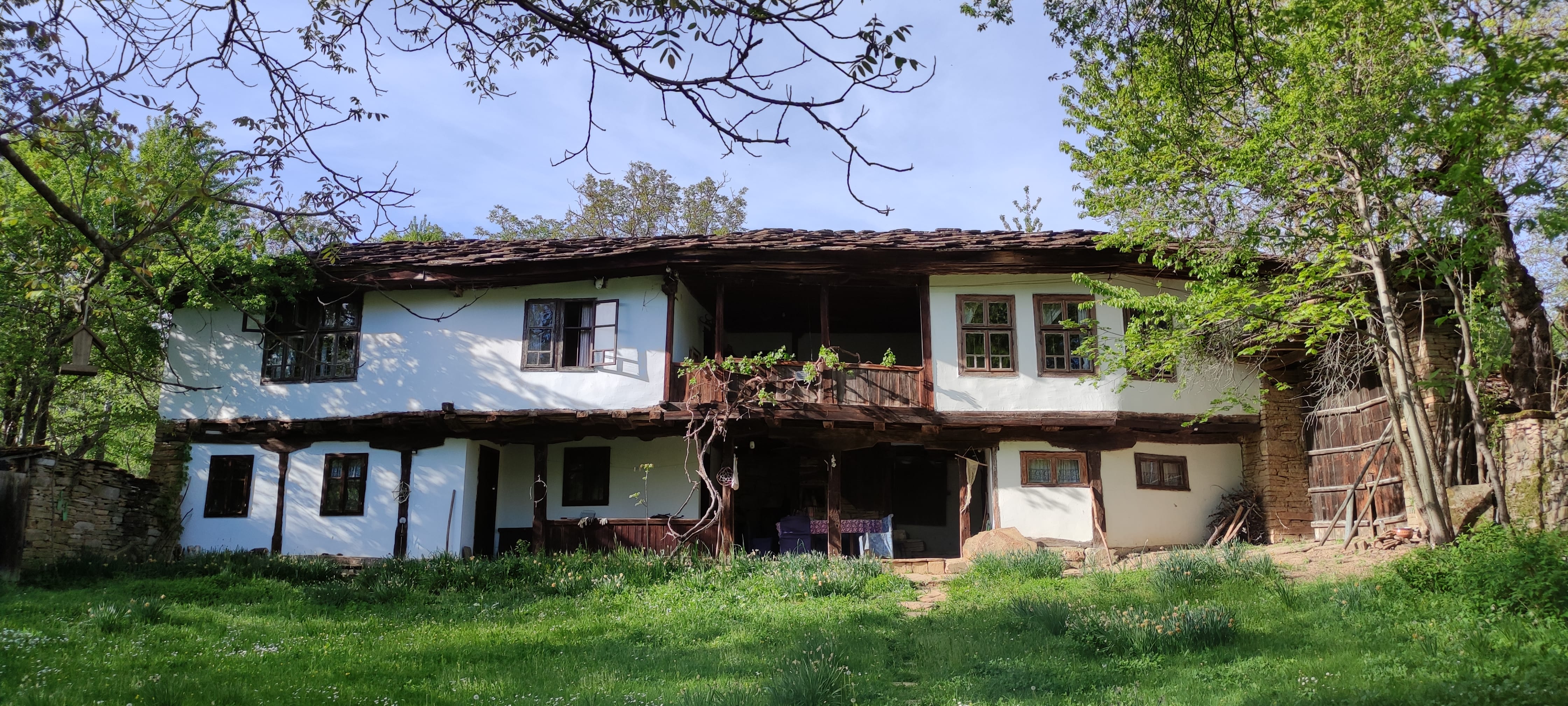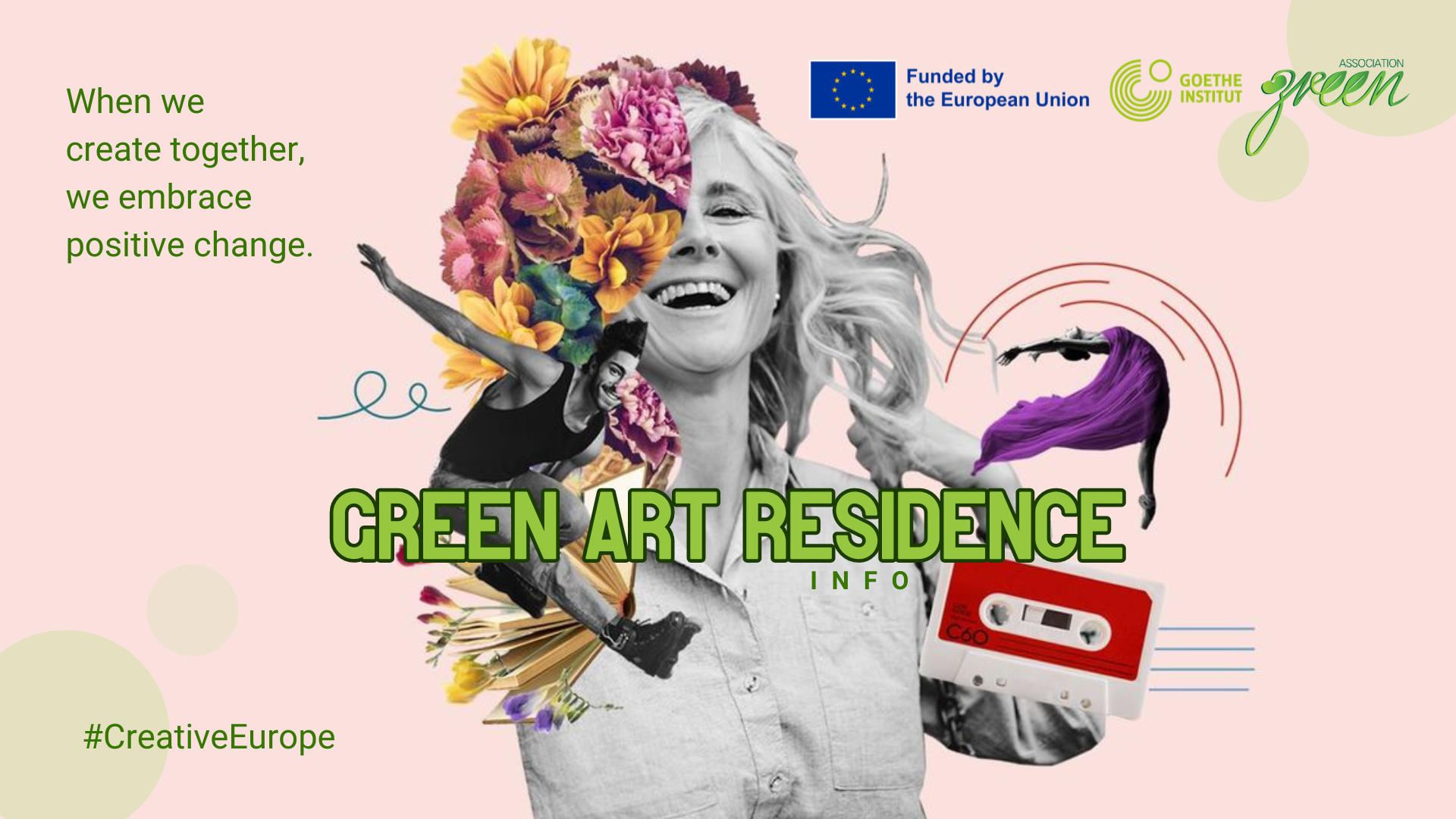The main objective of the Green Art Residence is to resurrect the art of traditional architecture focusing on it’s sustainability and the use of natural materials in land art sculptures through the contemporary point of view of international group. The participants will have the opportunity to learn and explore the traditional Bulgarian style from the times of the Ottoman Empire and the environmental practices of the association and use them to create new pieces of artistic work preserving the cultural heritage and sustainability of architectural reserve Staro Stefanovo.
The project holds significant promise in revitalizing and enriching artistic and cultural ecosystems on various levels. Through hands-on learning and exploration, participants will gain invaluable insights into traditional building techniques, architectural styles, and cultural significance. By incorporating sustainable methods into architectural creations, the project fosters a deeper connection between the local community and its natural surroundings. This integration not only promotes environmental stewardship but also serves as a model for sustainable development within the local and international context. By bringing together individuals from diverse backgrounds, the project encourages the sharing of knowledge, skills, and perspectives. As an international initiative, it facilitates a transnational dialogue on the intersection of traditional architecture, sustainability, and contemporary artistry.
Mentor

The mentor of the residents – Martin Valchev, has a wide experience in design, land art works and house restoration, along with a year of mentoring volunteers, which makes him a key part and one of the most important components of this project. With his hands on expertise and a degree from the National Academy of Arts in Sofia he will navigate the A&CPs to bring out and develop the best of their creativity and skills, helping them to understand the traditional architecture in the village and use it to preserve the cultural heritage and create magnificent art works, using natural materials. He’ll also be the connecting link between the residents and the local artisans.
Accommodation

The residents will be accommodated in an artistic house part of the architectural reserve. The house was used as a set for the filming of 2 movies depicting the Revival Ottoman times, due to it’s authentic architecture. Among the facilities at this property are shared traditional kitchen and bathroom with hot shower, big balcony and porchway with a big yard and chill out zones and places to escape. The house is just 5 minutes away by foot from the working area. It will give good space and inspiration to the residents for their creative flow with the opportunity to have personal space to be alone with their thought and ideas and at the same time close enough to the working place and socialization.
Program
The project schedule spans 60 days at Architectural Reserve Staro Stefanovo, starting on the 23rd of August 2024 until 21st of October. We’re very flexible and we have the opportunity to change the dates according to everyone’s availability. The important thing is that all 3 of the artist have to be present at the same time.
It is structured to blend educational activities, collaborative projects, mentorship, and cultural experiences. Weeks 1-2 focus on orientation, workshops on Bulgarian architecture, land art and sustainability, site visits, and collaborative brainstorming. Weeks 3-4 emphasize skill-building, field research, cultural immersion, and community engagement alongside collaborative projects and one-on-one mentoring, when ideas will start to rise. Weeks 5-7 center on project development and it’s implementation. Week 8 features final presentations to the community. To support collaboration, regular team meetings, inclusive environments, mentorship and social events are implemented. This structured approach aims to foster creativity, skill development, and meaningful collaboration among hosted A&CPs throughout the residency.
Travel Budget and Daily Allowance
To reach the venue the participants have a maximum budget of €350 for round-trip. For distances of 600 km and more participants receive a green top up of €350 for choosing not to travel by airplane.
For short distances of under 600 km, travelling by airplane is only allowed in exceptional and well justified cases: for persons with disabilities for travelling from or to an island with no ferry connections due to force majeure or grave personal circumstances
The distance between the participant’s place of residence and the host’s location is calculated with the European Distance Calculator.
The participants receive a daily allowance of €25 per day, a total of €1500 for the whole project. It is a contribution to food, local transport, etc.
Who can apply?
• Be legal resident in one of the Creative Europe countries: Albania, Armenia, Austria, Belgium, Bosnia-Herzegovina, Croatia, Cyprus, Czech Republic, Denmark, Estonia, Finland, France, Georgia, Germany, Greece, Hungary, Iceland, Ireland, Italy, Kosovo, Latvia, Liechtenstein, Lithuania, Luxembourg, Malta, Montenegro, Netherlands, North Macedonia, Norway, Poland, Portugal, Romania, Serbia, Slovakia, Slovenia, Spain, Sweden, Tunisia, Ukraine.
• Or in one of the 9 Outermost Regions: Azores (Portugal), Canary Islands (Spain), French Guiana (France), Guadeloupe (France), Madeira (Portugal), Martinique (France), Mayotte (France), Reunion Island (France), and Saint-Martin (France);
• Or in one of the 13 Overseas Countries and Territories: Aruba (The Netherlands), Bonaire (The Netherlands), Curaçao (The Netherlands), French Polynesia (France), French Southern and Antarctic Territories (France), Greenland (Denmark), New Caledonia (France), Saba (The Netherlands), Saint Barthelemy (France), Sint Eustatius (The Netherlands), Sint Maarten (The Netherlands), St. Pierre and Miquelon (France), and Wallis and Futuna Islands (France).
*Тhe residency project has been selected under conditions by Culture Moves Europe, a project funded by the European Union and implemented by Goethe-Institut. This work was produced with the financial assistance of the European Union. The views expressed herein can in no way be taken to reflect the official opinion of the European Union.



